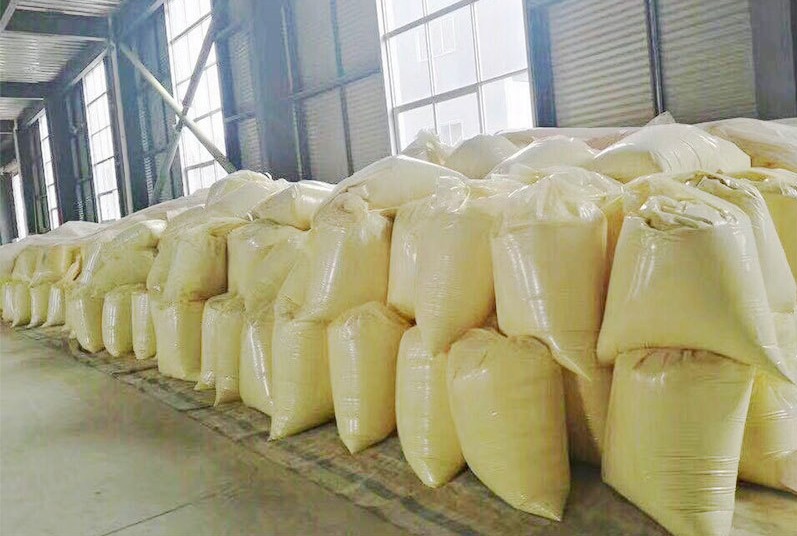Pine pollen is the male reproductive cell (spermatid) of genus Pinus trees, such as Pinus massoniana and Pinus tabulaeformis mainly in China . Mature pollen can complete the process of pollination and fertilization by wind and airflow, which not only contains the genetic information of life, but also contains all the nutrients needed for longevity of human life. Let’s take a look at the collection and primary processing of raw pine pollen.
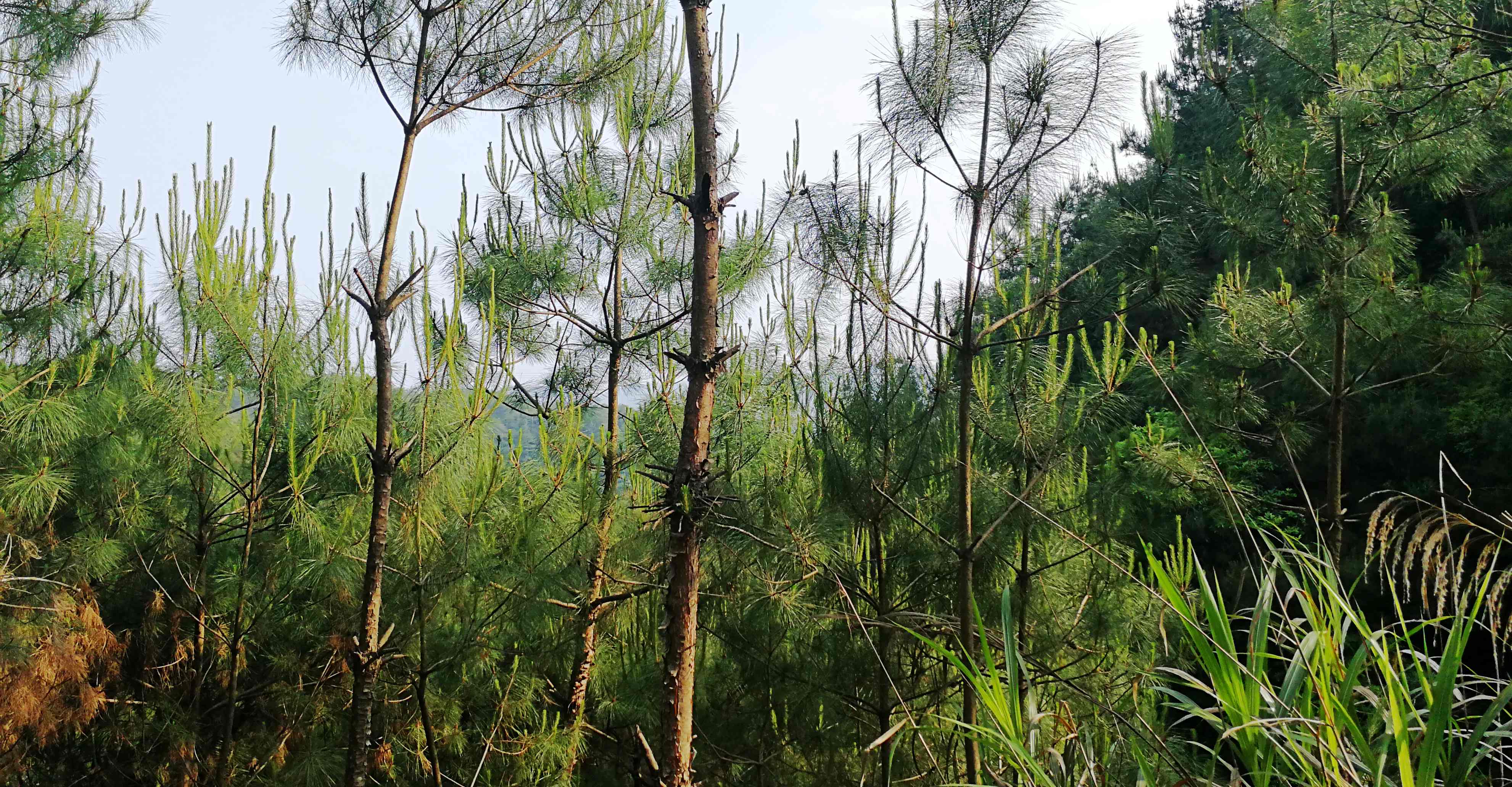
Collecting Time of Pine Pollen Powder
The florescence of Pinus massoniana and Pinus tabulaeformis in China was postponed from south to north, Yunnan in March, western Henan in mid April, and Northeast China in June. In the same area, the florescence is also delayed with the increase of altitude. For example, in Songxian County and Luanchuan County in western Henan Province, the florescence of Zhongshan above 1000m is 7-10 days later than that of the low mountain around 500. Moreover, the florescence of different years in the same place may vary by about 10 days due to the influence of precipitation, temperature and other factors. In a region, the collection time of pine pollen generally lasts only 10-15 days. Therefore, it is necessary to observe and pay close attention to the growth of male cones in order to determine the appropriate collection period of pine pollen. When the color of the small flower grains on most spikelets changes from green to yellow, they are the right time to be picked.
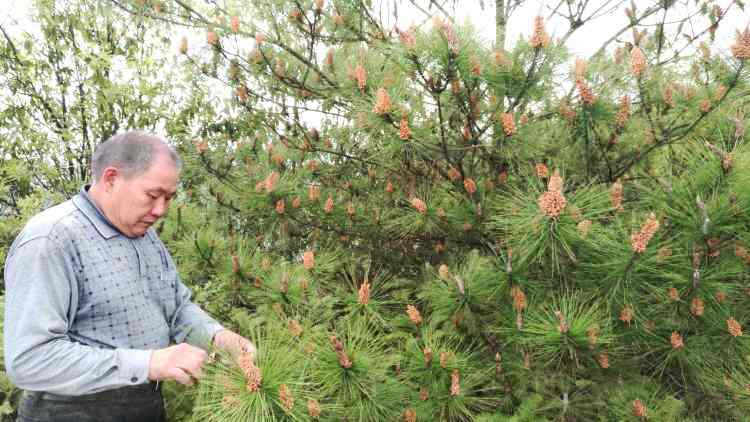
Spike Selection of Pine Pollen Powder
1. The mature flower spike is yellowish, the flower grain is slightly loose, the flower grain is twirled lightly with fingers, basically without sap, and the yellow pollen can be scattered. This kind of flower spike is the most suitable for picking, and the pollen yield could be about 8-9%.
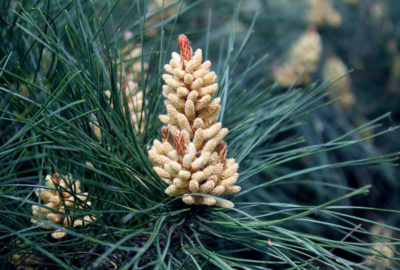
2. The color of immature spikes is green, twist with fingers, and the flower grains is hard and serous, and no powder is produced after drying. And it is not easy to dry but moldy easily.
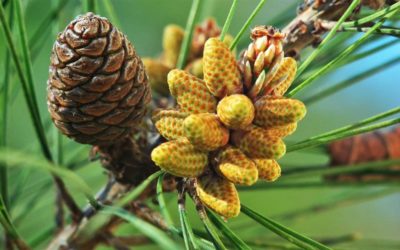
3. The overmature spikes are yellow and white, and the flower grains are loose. When picking, the pollen will be scattered and the pollen content is very low.
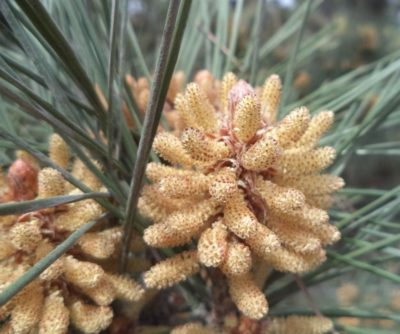
4. The withered spikes are old yellow or dark brown, and most of the pollens are scattered and have no collection value.
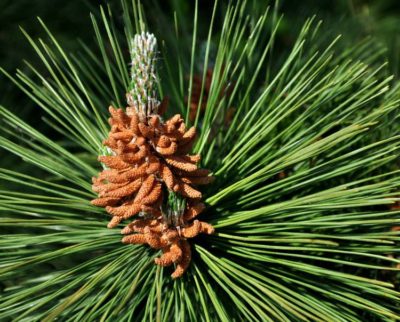
Primary Processing of Pine Pollen Powder
1. Drying site: pine pollen is used as the raw material of health supplement. The threshing and processing site of flower spikes shall be clean, sunny, dry and flat cement floor or brick floor is the best choice, with another layer of plastic film on floor, too. Generally, 15 to 20 kg of spikes can be dried in 1 square meter area.
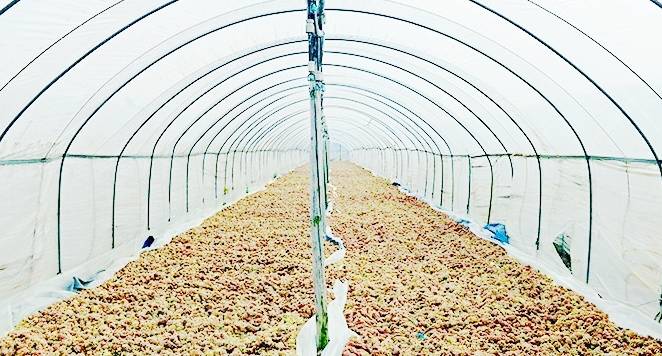
2. Drying method: the picked pine pollen spikes shall be spread evenly on the plastic film immediately, with a suggested thickness of 10 to 20cm. If it is too thick, the flowers will be sour and moldy easily. Under the condition of sufficient illumination and natural ventilation, pine pollen will be scattered on the plastic film for about 3 days.
3. Coarse sieving: Use 60-80 mesh size sieve to screen the raw pine pollen to get rid of impurities such as sand or bud. It may be done manually or by using a vibrating screen.
4. Pollen dehumidification: the moisture content of raw pine pollen could be 15-25%, which is very easy to get moldy and sour, so it needs to be dehumidified in time. Spread out the coarse screened pollen evenly on drying house for drying, with a thickness of about 5cm. Stir it in time to ensure all pine pollen powder is sufficiently dried.
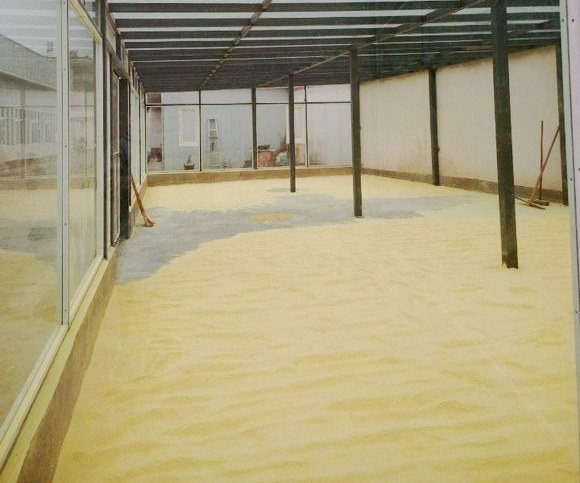
5. Scientific storage: put the raw pine pollen into the double-layer food grade bags, squeeze out the air in the bag and tie it tightly, and temporarily store it in a cool and dry warehouse for subsequent processing such as breaking the cell wall or making tablets. If long-term storage is needed, a constant temperature mechanical refrigerator at 1-5 ℃ should be selected which could ensure the appearance, color and biological activity in best state even in a 2 years’ storage.
